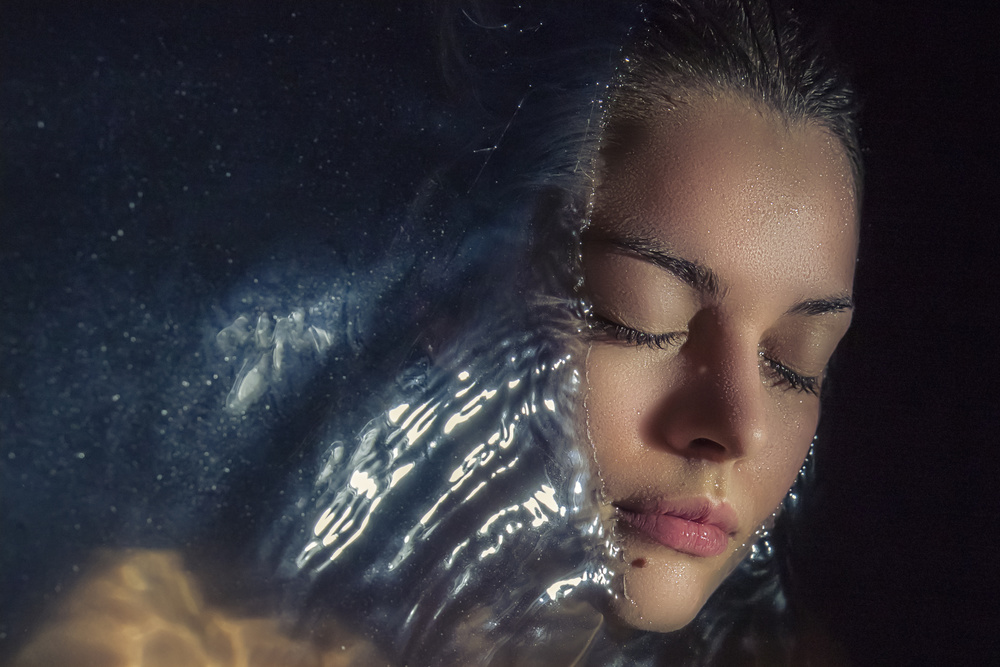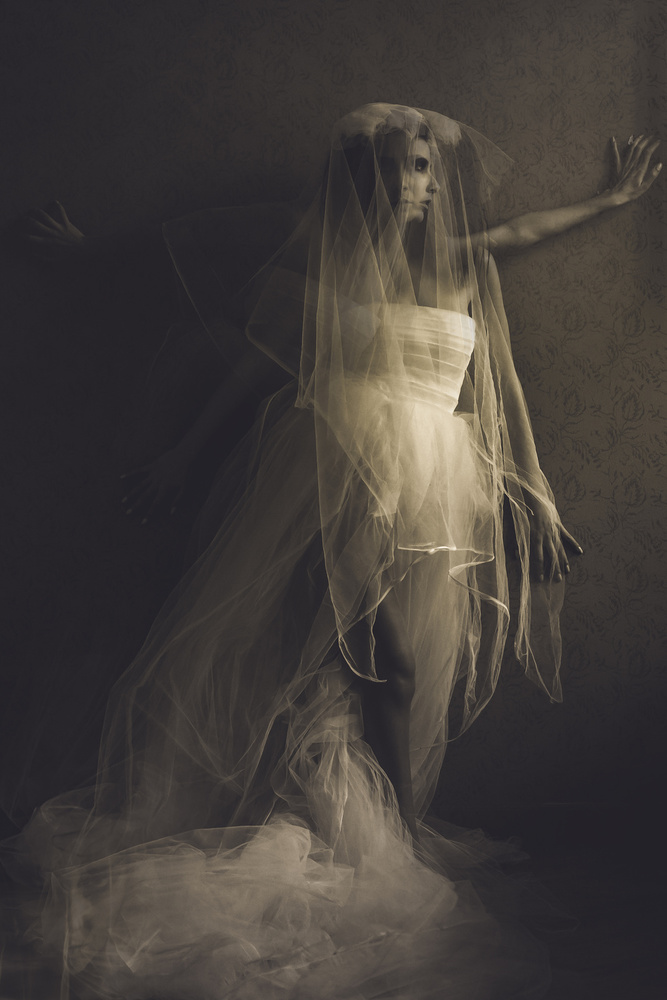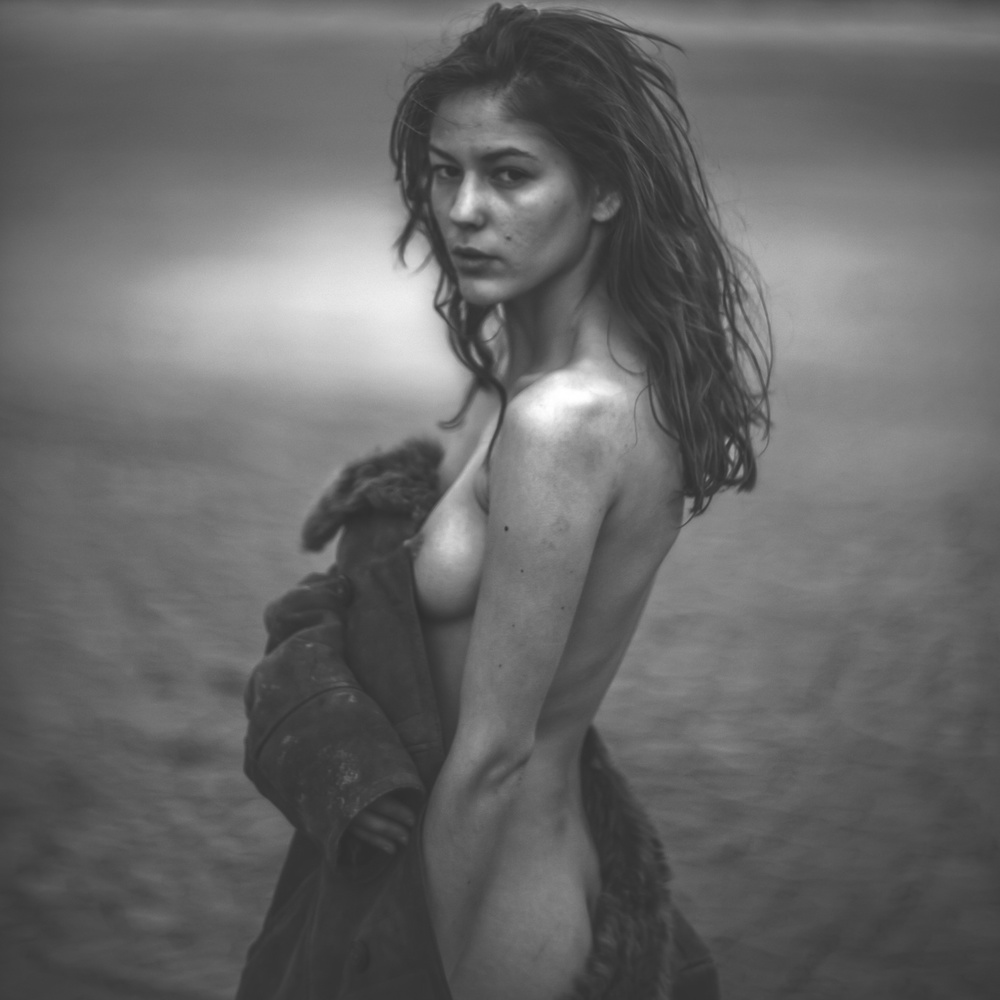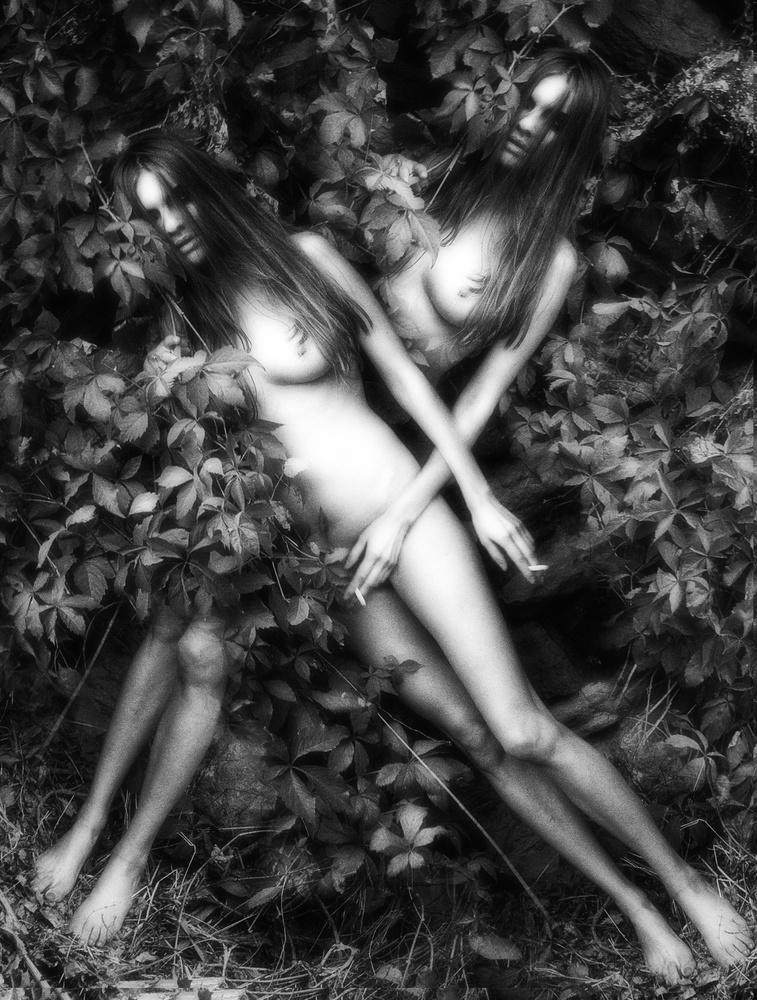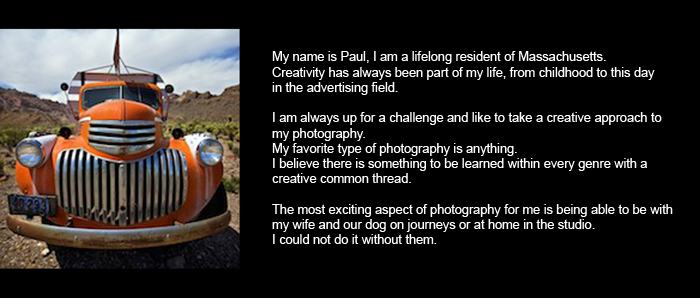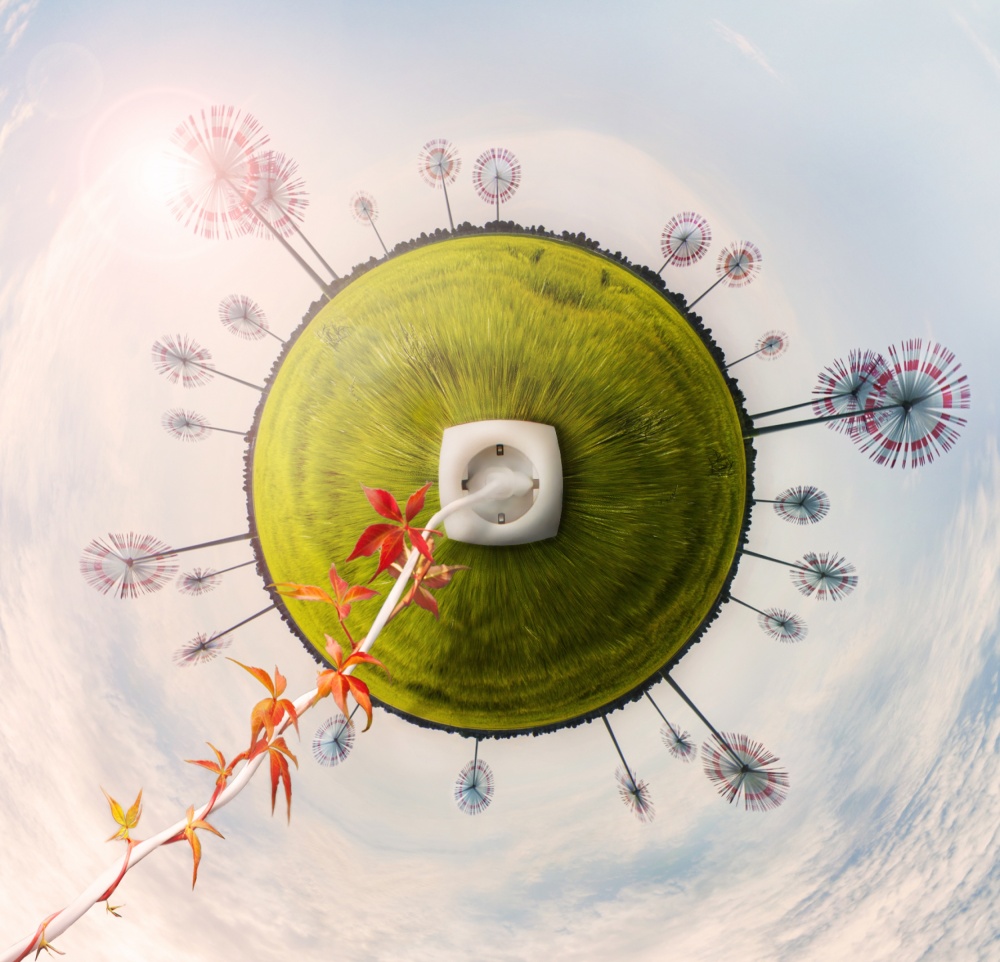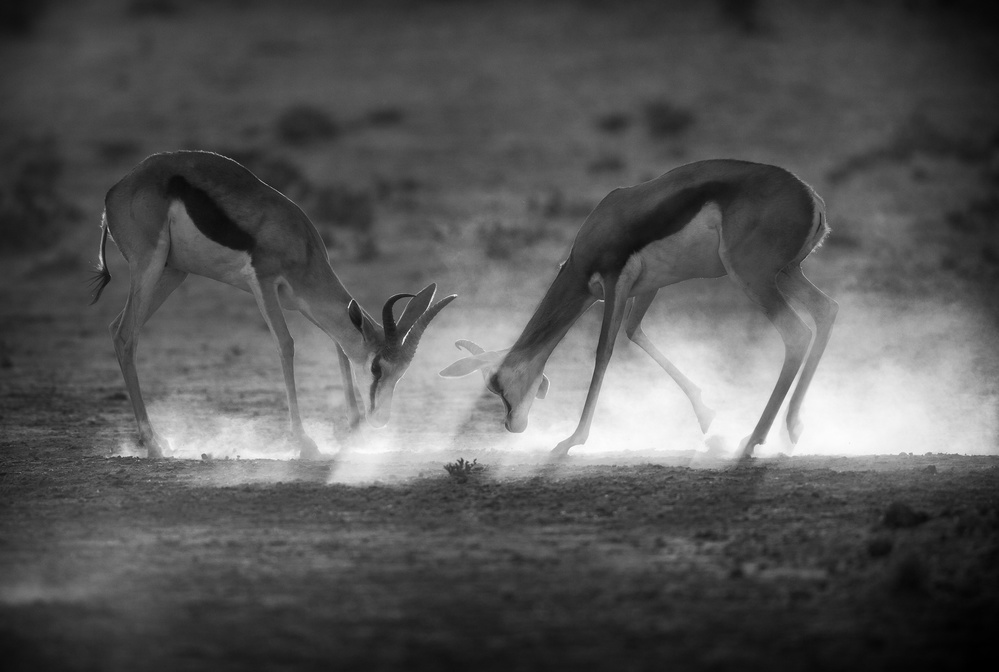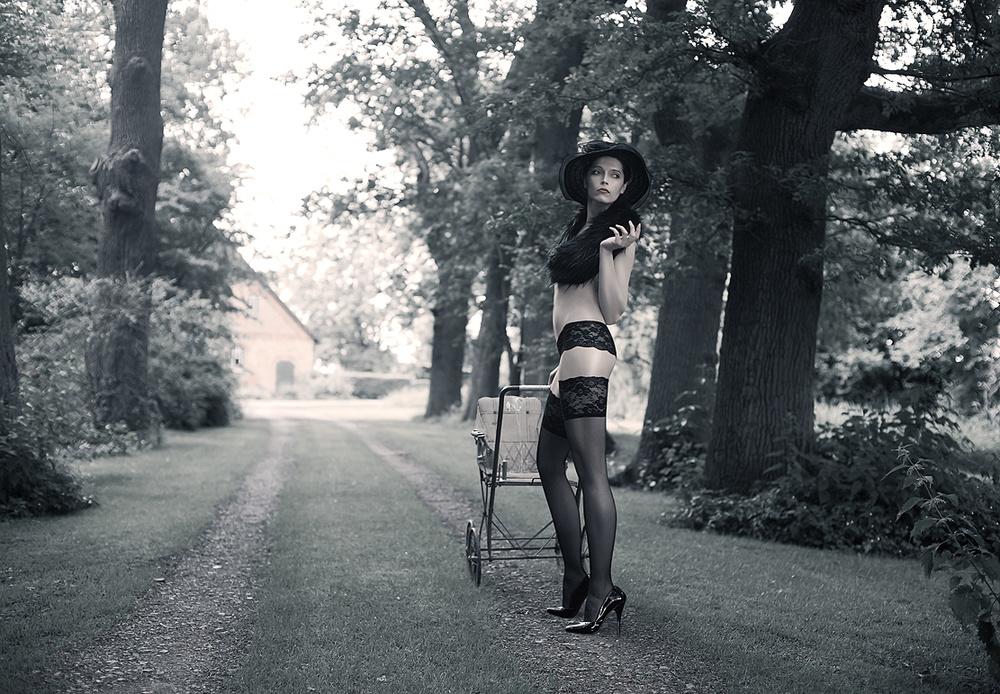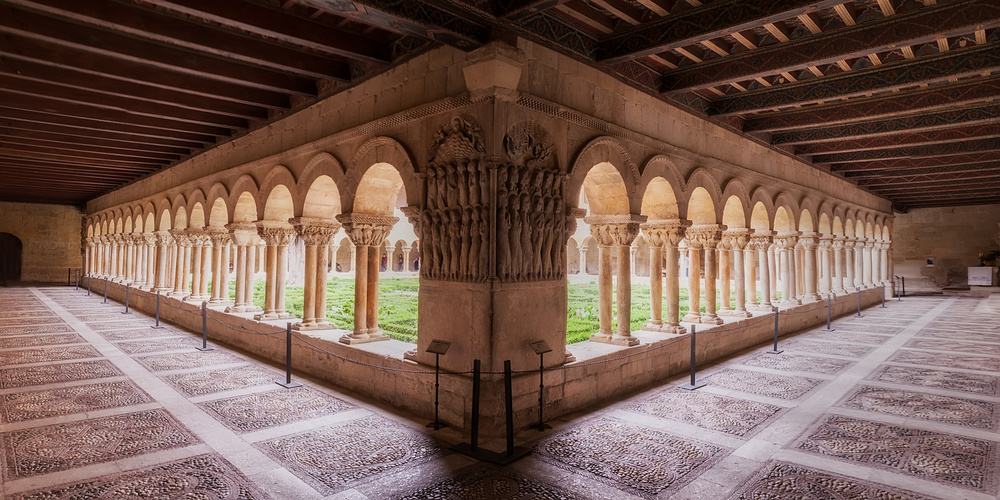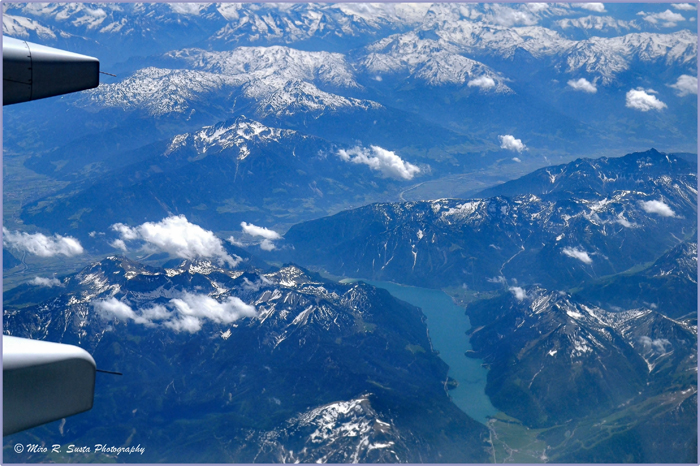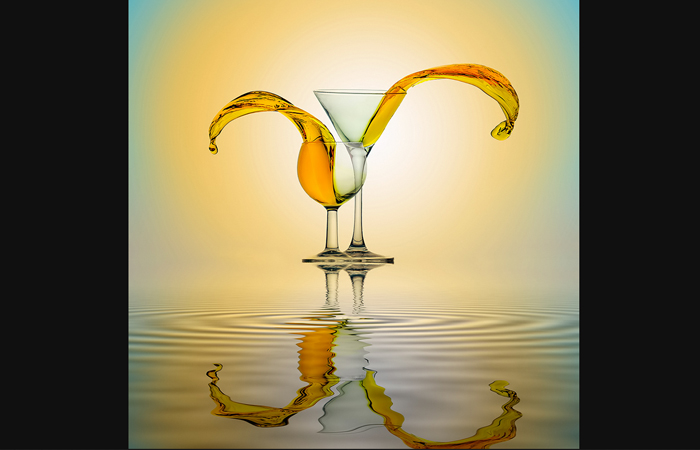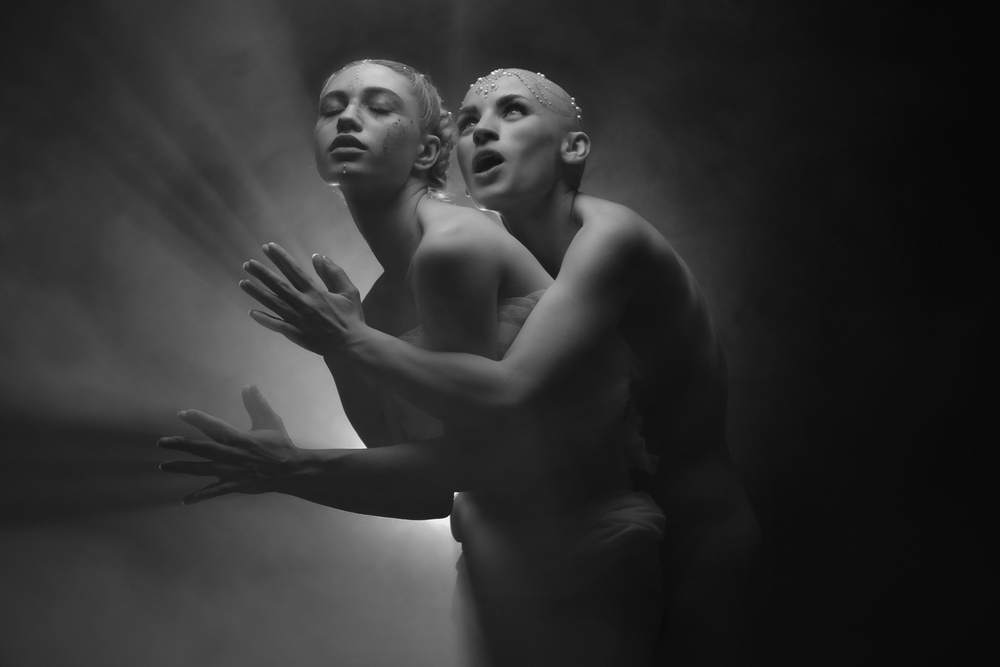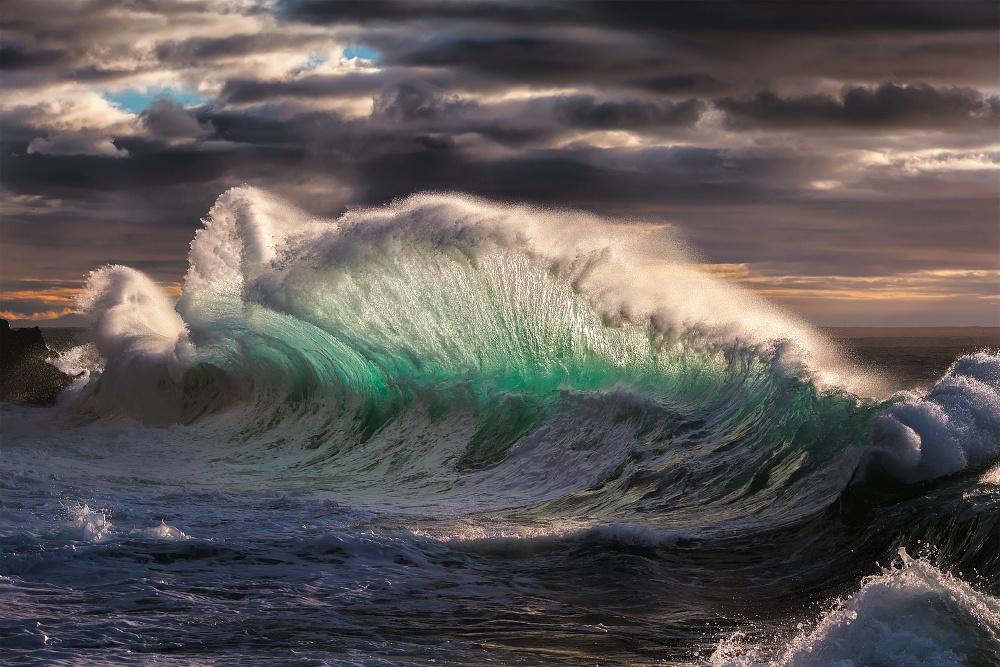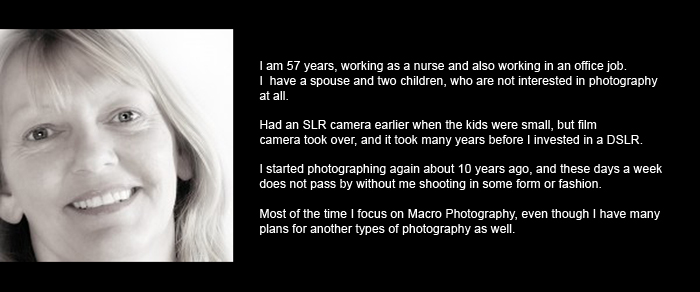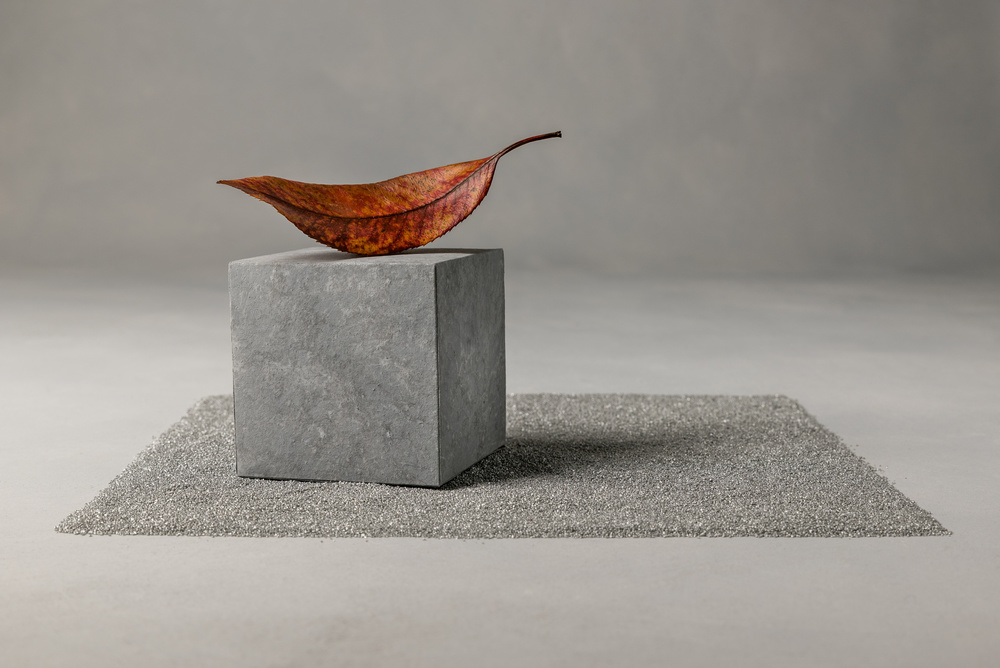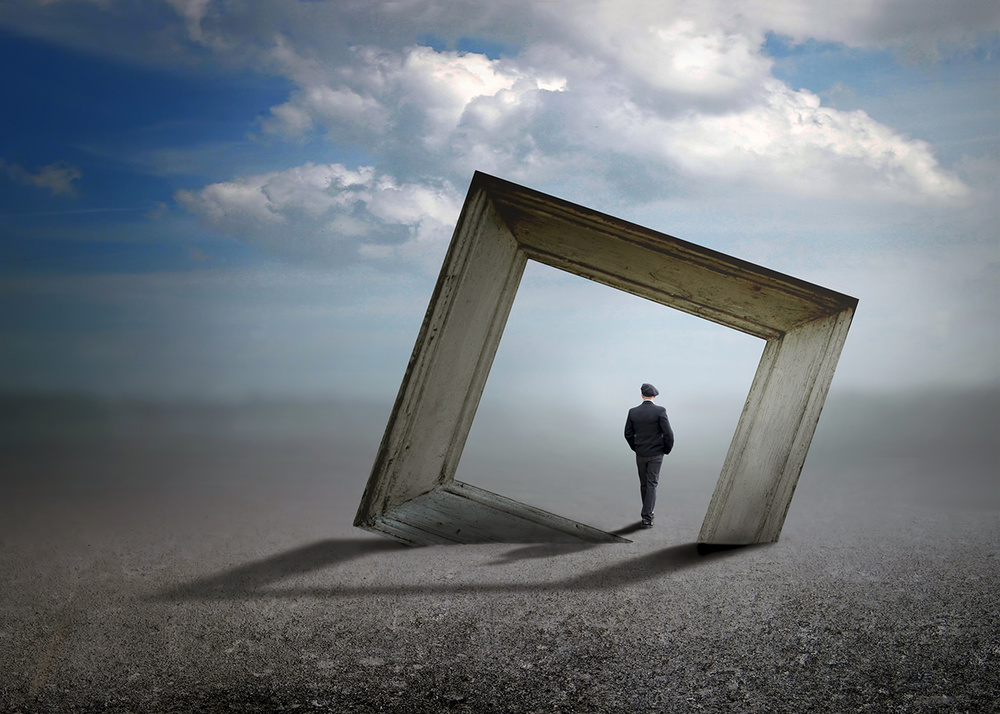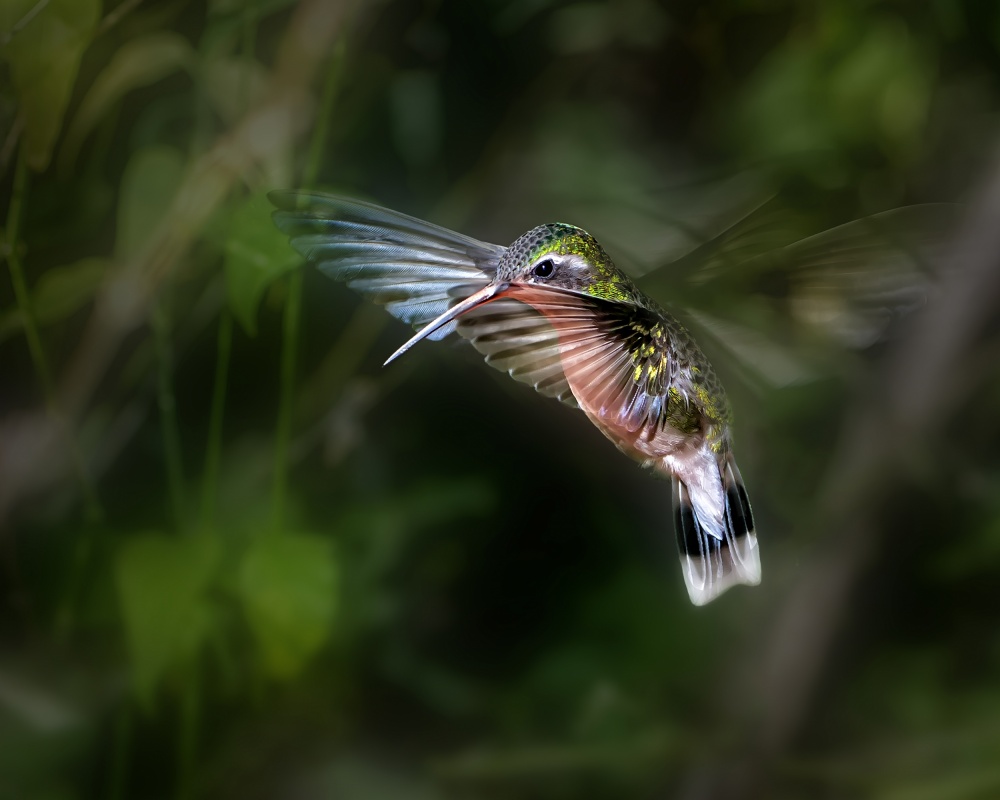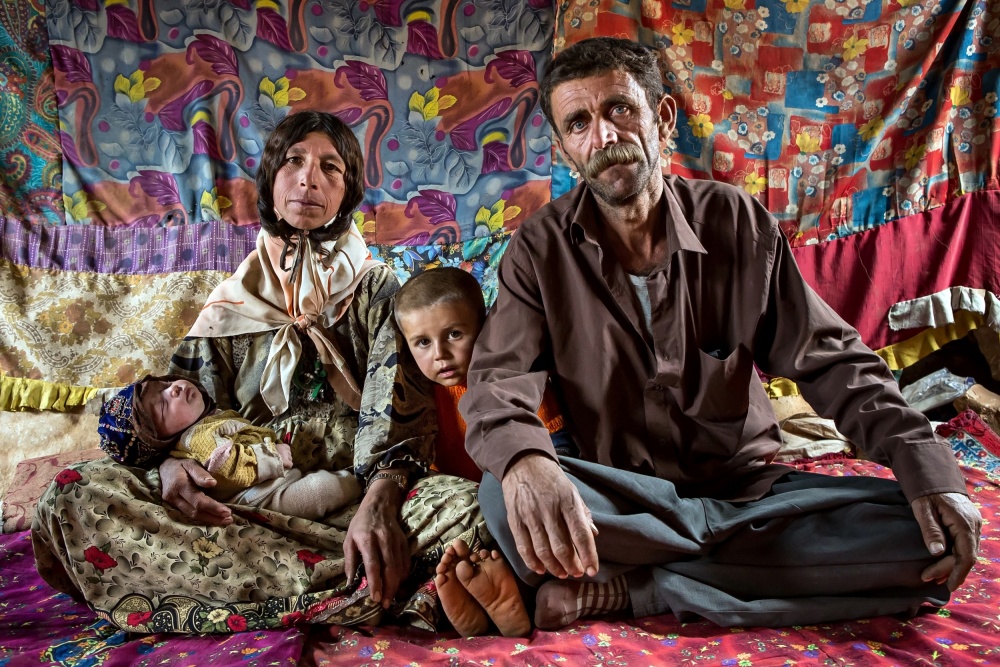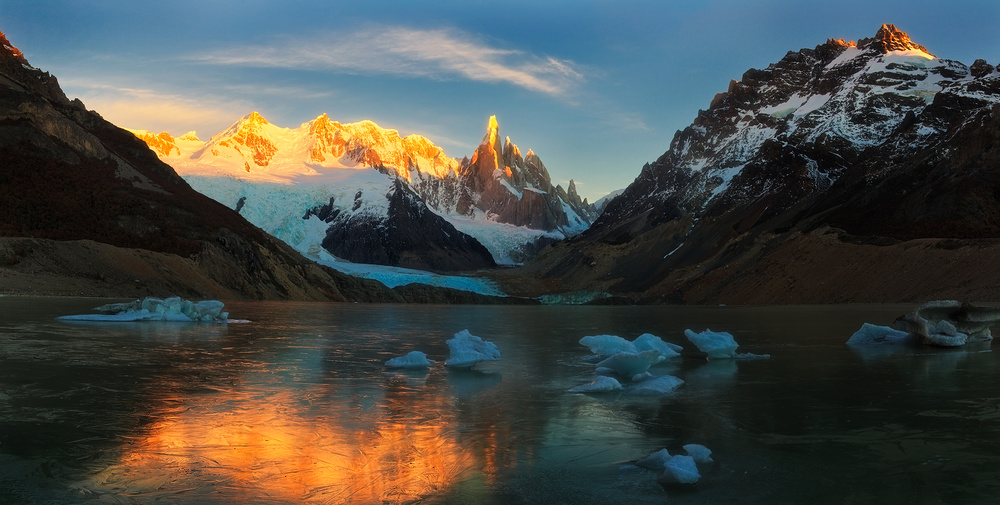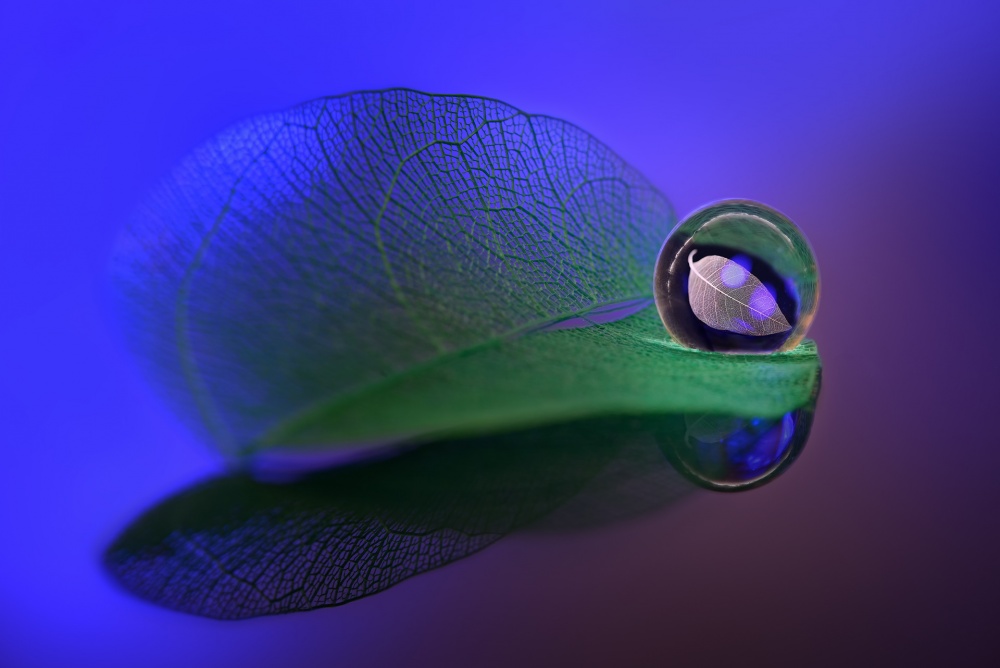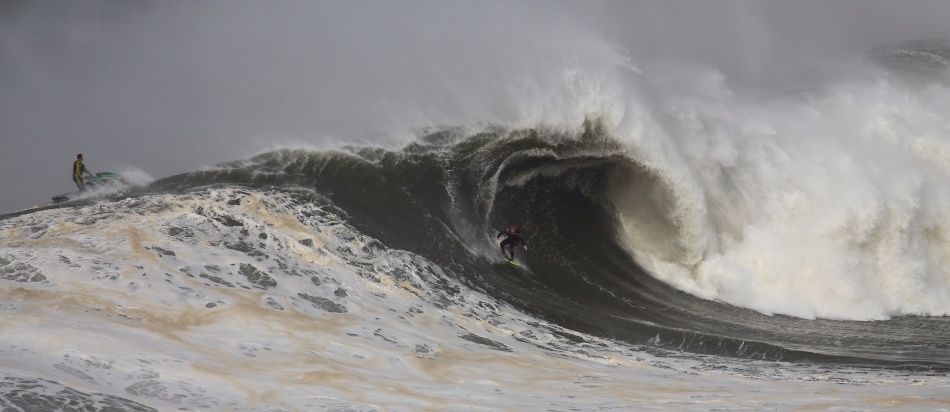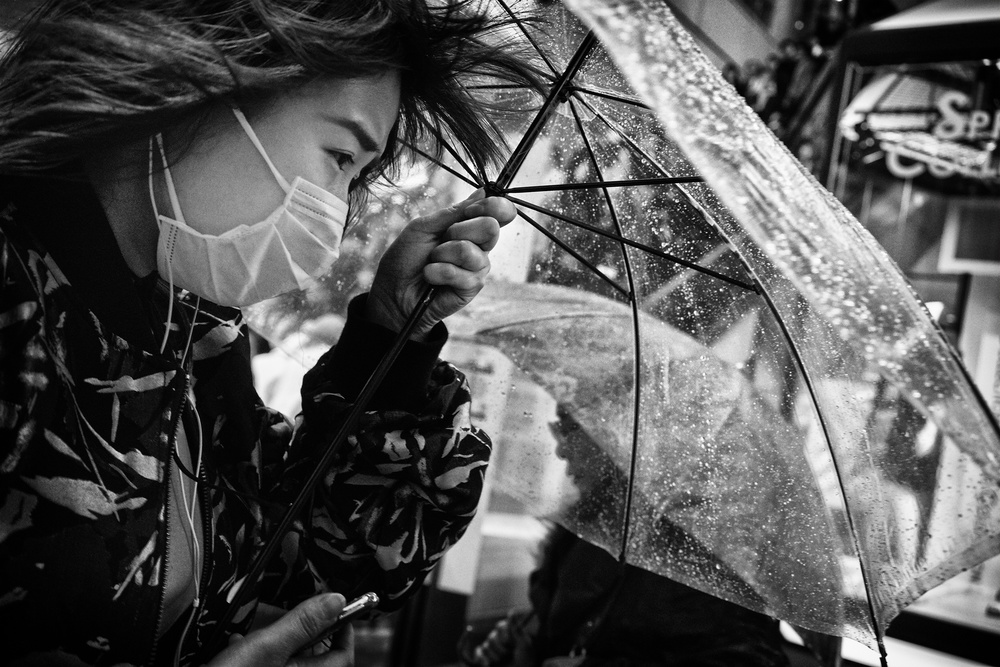Tips & Tricks
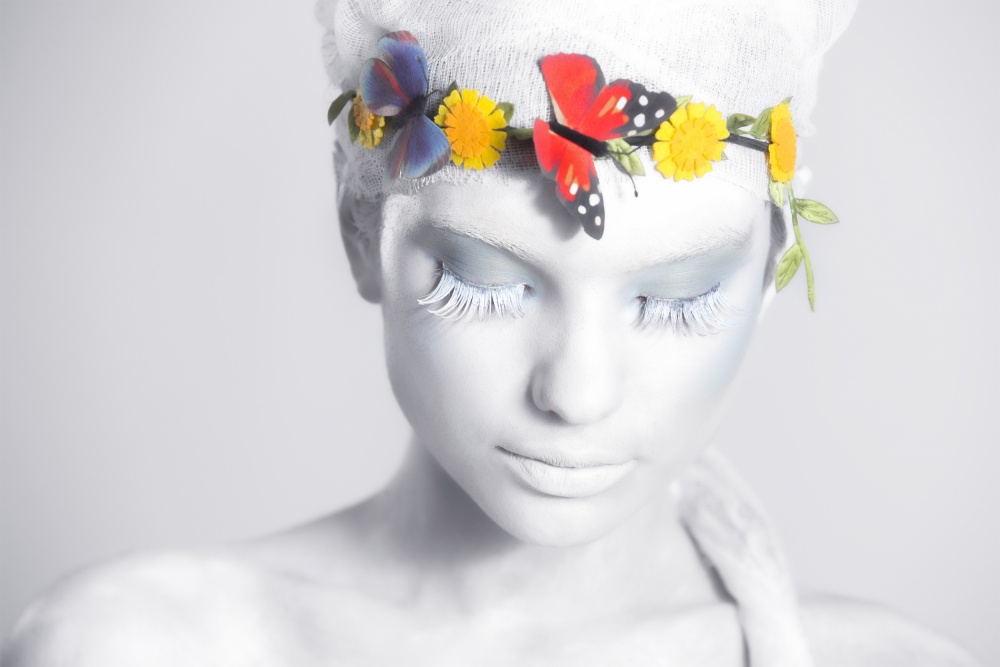
Bogdan Botofei: Photography as inner expression language
1x Blog-Tips & TricksI have met Bogdan Botofei when he was part of the team organizing an one-day photo tour in Bucharest and it was one of the most remarkable experiences so far within a space I live in - I thought I knew it enough and nothing else can impress me more about it. I was wrong: there were so many new and wonderful things I discovered about Bucharest and his amazing people in such a short time! The second experience was even more extraordinary, although it was organized in the city where I was born – again, another place that I was convinced I have nothing more to learn about. And again, I was wrong! Both these experiences intrigued me and made my try to find more about Bogdan and his photography works and this resulted in this interview.
In very few words Bogdan is a talented Romanian artist photographer with more than 10 years of experience in photography: from professional portraiture works, to cultural projects, photography workshops (urban explorations and fine art nude) and member of the jury in photo contests. He came to photography from exploring other art encounters: sculpture, painting, architecture and design. He has also interactions with the film world and he is involved in a film production company, both photography and film being part of his personal language search.
Bogdan agreed to share his thoughts and tremendous experiences with us in the interview below. Please join me in discovering more about Bogdan and his passion for photography as a very personal way of see, feel and understand the world!
Bogdan, first of all I would like to thank you so much for taking your time to answer my questions for this interview for 1x Magazine! To begin, please introduce yourself shortly and tell us more about Bogdan Botofei, the man behind the camera.
Wherever I am, I am enjoying every single experience of my life as a man, as a photographer and as a lucky guy who can live from a passion-driven career.
For many of us the photography it is either a hobby or a way of life. How would you define the photography and what is your relationship with the photography?
I’ve never thought of defining photography. We all choose many ways of see, express or understand our inner and outer world. From my point of view and feel, photography is a process, a very personal way of see, feel and understand the world. It is an act of being present in and connected to this world.
You said once that the photography have found you about 10 years ago. What attracted you for making the next steps in photography since that moment?
My first encounter with art was through sculpture, painting, architecture and design. I’ve carved, painted, drawn, designed and built, but all this was part of my search. The search of a very personal language as a tool for expressing myself. I feel that through photography I've discovered the language that fits me best.
Which are your most important experiences so far that have influenced your steps in photography?
The first one was the intellectual conflict with my photography teachers, then was the friendship with them. And then were all my encounters, not only with professional and amateur photographers, but with all the passionate people I’ve met, no matter their profession. I truly believe that passion is one of the feelings that makes people sincere and I am very happy to see and to experience authenticity.
Recently I have attended one of your fine art nude photography workshops (amazing experience, I must say!), and I have learned that you held these workshops starting a couple of years ago already. What first attracted you in this kind of photography and what makes you going on this way?
Fine art nude photography is a label that sounds a little bit fancy to me although I frequently use it. There are too many words that are trying to describe a kind of scientific happening. It gives me the feeling that there is something unattainable, closed and pretentious.
I often call my workshops “Nude in Romania” or “Shutter therapy”. This kind of photography, as I see it, is in fact a whole experience, an (inter)active way of exploring the human nude/authentic expressivity. I am working not only with human body, but with the life within the body.
What have the people who attend your workshops in common? What brings them together?
I think that it is passion that brings us all together. Many of the participants came to my workshops when they had the feeling that something was missing out of their creative lives. When they arrived at my workshops, they actually realized that a lot of creativity was just sleeping inside of them. I encourage people to come to my workshops without any expectations. From this point on, each of them takes what appeal them most. I am challenging them to live on their own those three days of shooting, to let themselves free to feel, know and see without any judgements. I just bring these people together and they are doing a great job!
Apart from the pure photography involvement, your workshops are equally attractive for the attendees for the discussions and debates on the best photos selected, following the shooting sessions. In your opinion what brings more impact for the best selected photos: it is the mood, the story, the composition or the technical perfection?
At the time of selection, I am open to know and understand the point of view of each participant. We are about 20 different people with 20 different points of view. The mood, the story, the composition, the technical perfection, all these are very important in achieving a good image, but for me there is another much more important aspect: simplicity and authenticity. The simplest they think and the more complex they look inside and outside themselves, the better photos they get.
You work with models since many years already. The models participating in your workshops are an important part of the story you want to build and convey. How do you chose the models and what would be your most important advice for the new comers in this in this type of fine art photography?
The models are as important as any other member of the crew. We are a whole team who direct the stage for our participants: models, assistants, make-up artists, designers, hair stylists, video assistants etc. Their roles are essential. First of all, the model must match the concept we chose. The models are our block of I would say stones, but I’d much better say human in which I am trying to crave (with) feelings. Regarding advices, I am trying to keep myself apart of them because every single man in this world has his own unique knowledge and experiences, but one thought I could share with the newcomers would be to care about, carefully listen and pay a lot of attention to all the members of a team they work with. I think it is very important to learn to co-work with people.
The success of model shooting sessions depends heavily on the model skills, on one hand, but also on your “stage director” skills, on the other hand. How do you manage to successfully communicate with the models, to make them fit in your story and to get the most of the mood from their performance in front of the cameras?
I am looking for models who can perform or even act. In Romania, there are many fashion models who are taught to pose, to look good in a plastic good way. It’s very difficult to melt a plastic model into feelings that’s why I’ve always looked for unconventional (according to fashion shootings) models. I’ve met some models who refused to get outside their beauty boxes. I am not looking for commercial beauty, I am trying to find expressive models and to reveal their inner beauty through movement, acting, dance, performance.
The second step and probably the most important, after I found the models is the dialogue. I am talking with them, I am asking for their attention and I give them my attention. We must be connected and talk, as much as possible, the same language.
You once said that the image is the only way you express your fillings through. What makes the photography, as an art of images, different from the other arts, from this perspective?
The context in which images are born. It’s fascinating how photography and film deals with time. This is the difference between photography and other arts: photographers and cinematographers are working with a very fragile thing which is the ephemeral, the moment and the happening.
From my point of view, a good image issues from a good observation of the subject you photograph or film and this is a very serious challenge. As a photographer, I must be aware of the present, of the moment when things are happening, otherwise I can lose those moments when life is expressing itself in human beings. In any other arts time is gentler.
You have interactions within the film world and you are also involved in a film production company. How do photography and film interact and complement each other for you and how did both influence your photographic vision?
The first name they gave to film was moving pictures. A series of images can make a movie. If photography freezes time, film makes this freezing somehow alive. It’s a very beautiful dynamic between photography and film. Even if they seem different, they have a common root. I am always keeping in mind the way those two arts depict and re-create life. Both photography and film are part of my personal language search.
In addition to the fine art nude workshops, you are also involved in guided photo tours projects in special locations, where, apart from photo shooting the participants are told about the history of the places and the wonderful people met. Can you please tell us what was the idea behind and what got you interested in these projects?
It was a happy meeting of mine with a couple of tourism researchers. We’ve set up some routes in Bucharest that we walk on along with a local guide. Our program includes indoor and outdoor shootings with people who have amazing life stories. We always have a lot of stories in these one-day workshops. If you ever want to hear as many stories as possible in a single day, you must join one of these workshops!
Bogdan, you are member of 1x community since 2011. Where did you first learn about 1x and what did you felt when you have got your first photo published?
When I first heard about 1x, from some photographers friends of mine, I was very happy that there is a very careful selection criteria for all the photos submitted for publication.
It was exciting for me to know that my photos have passed a responsible selection process. I remember how nervous I’ve waited for my first photo to be published!
Who are your favorite photographers or mentors whose works have influenced you and your photography?
I am not a conventional fan type. I deeply admire some of my teachers, the photographers who frequently attend my workshops, and colleagues of the guild. My biggest mentor is love, it drives me to certain people or photos I choose to keep or to remember.
Usually, the photographers have their own favorite piece of work. Can you please shortly present your favorite photo, the story behind it and explain why it is special to you?
I can feel the photo you’re talking about, but this is one of those I haven’t done yet.
Bogdan, we are about to conclude our interview and here is my final question for you: are there any specific directions that you would like to take your photography in the future or any goals that you wish to achieve?
My biggest wish is to have more time for more individual projects and for my photos. I would like to take some time to put some order in my work. I have a sketch of the projects I would love to develop and some of the priorities for now are an exhibition and my photography album.
. '


